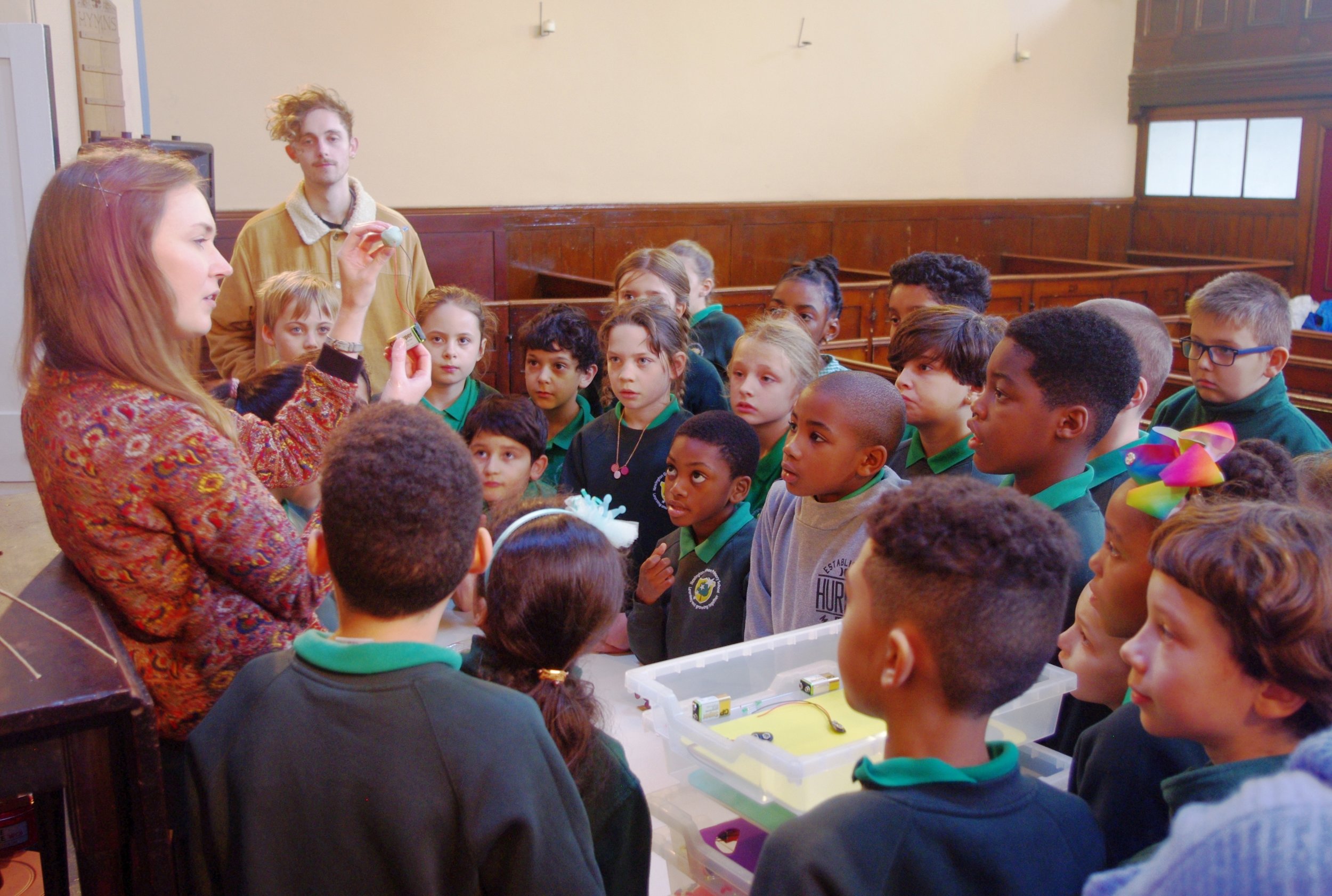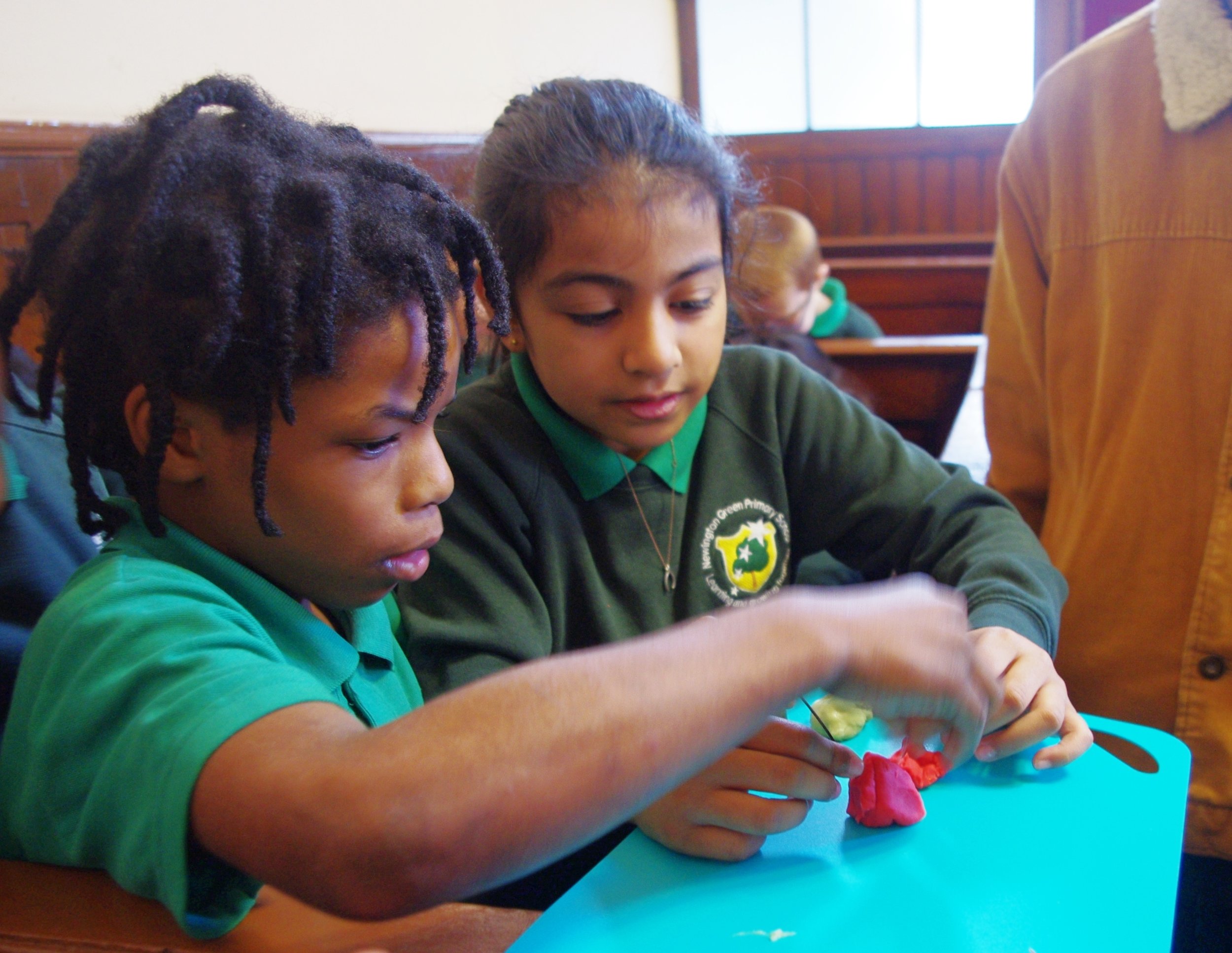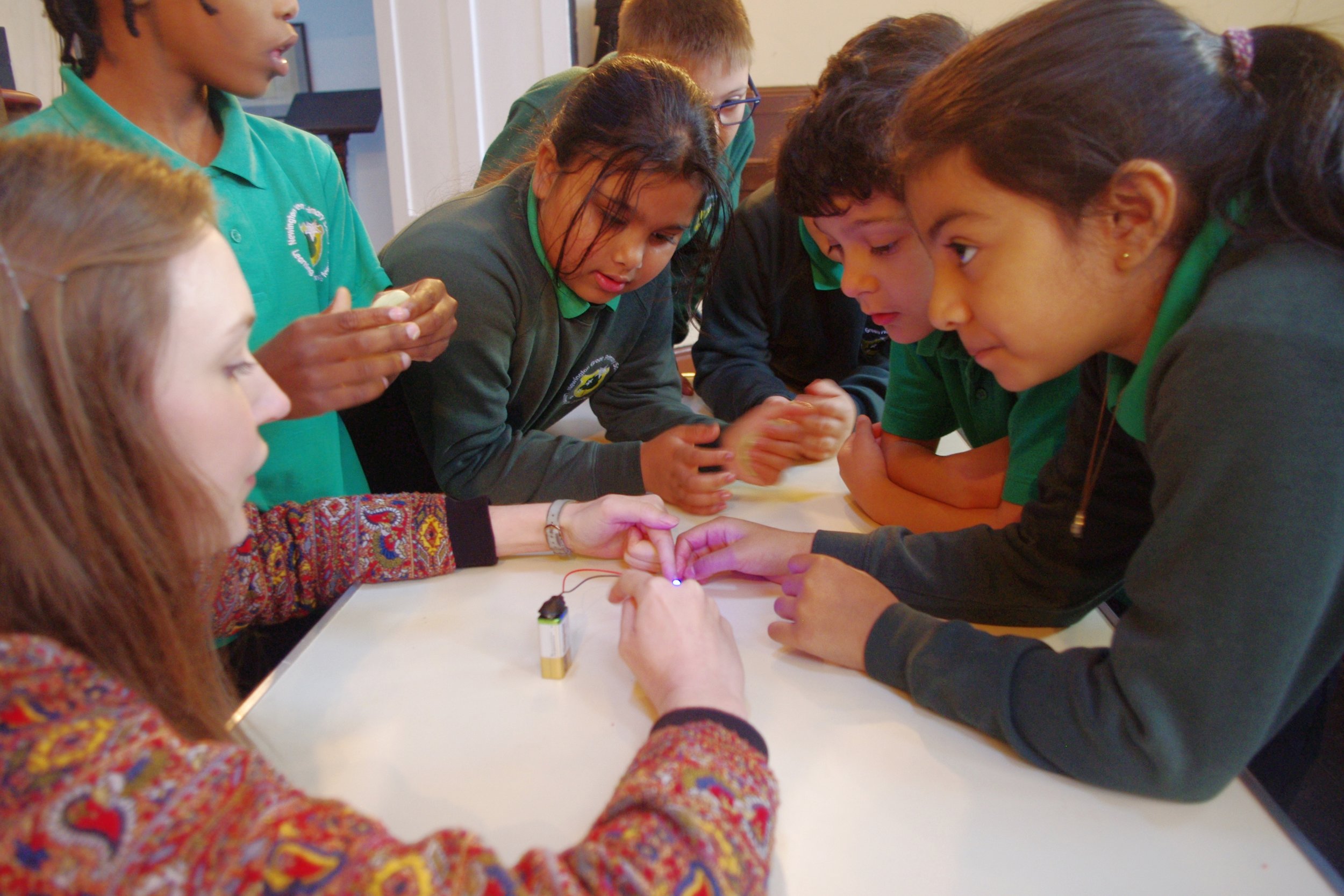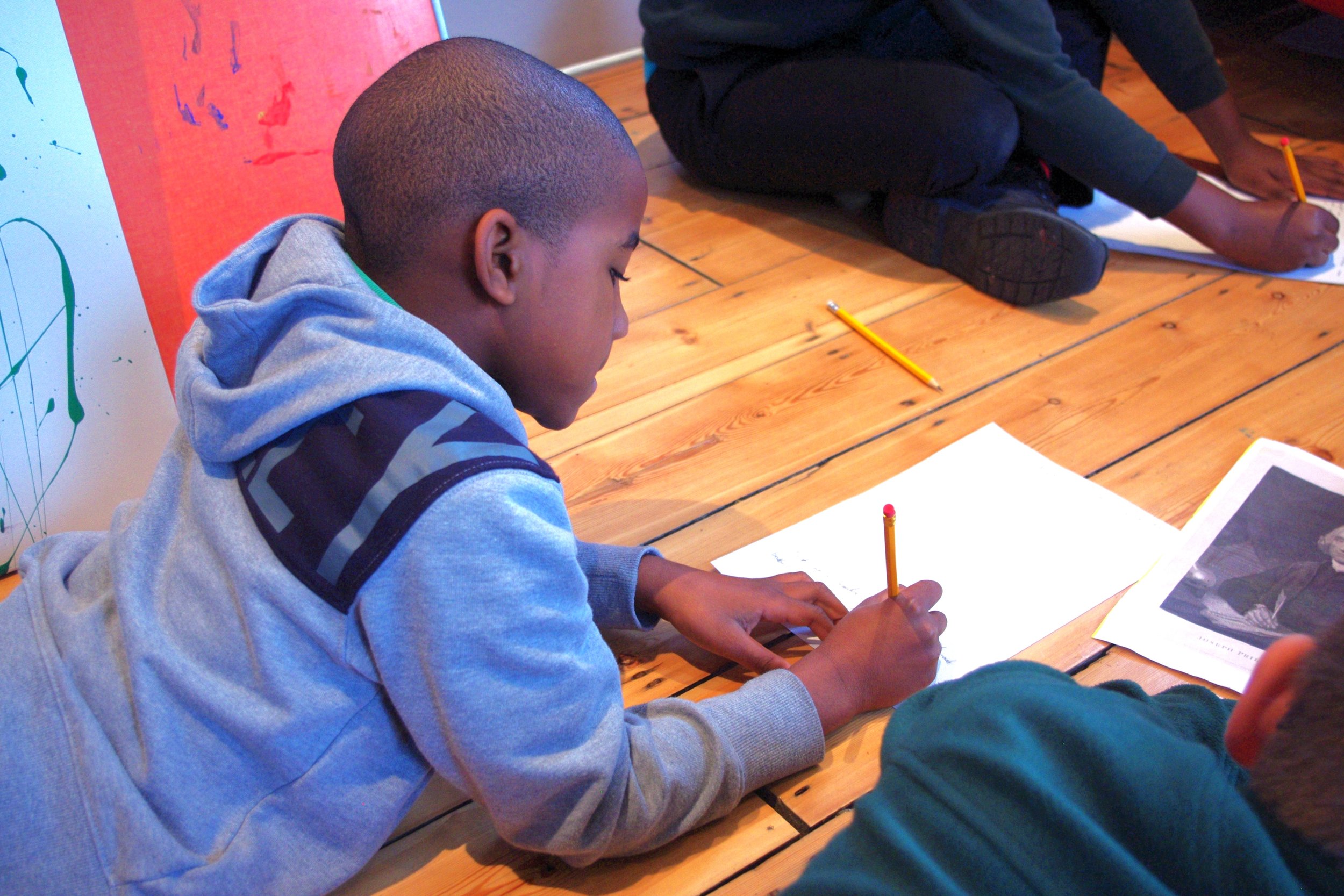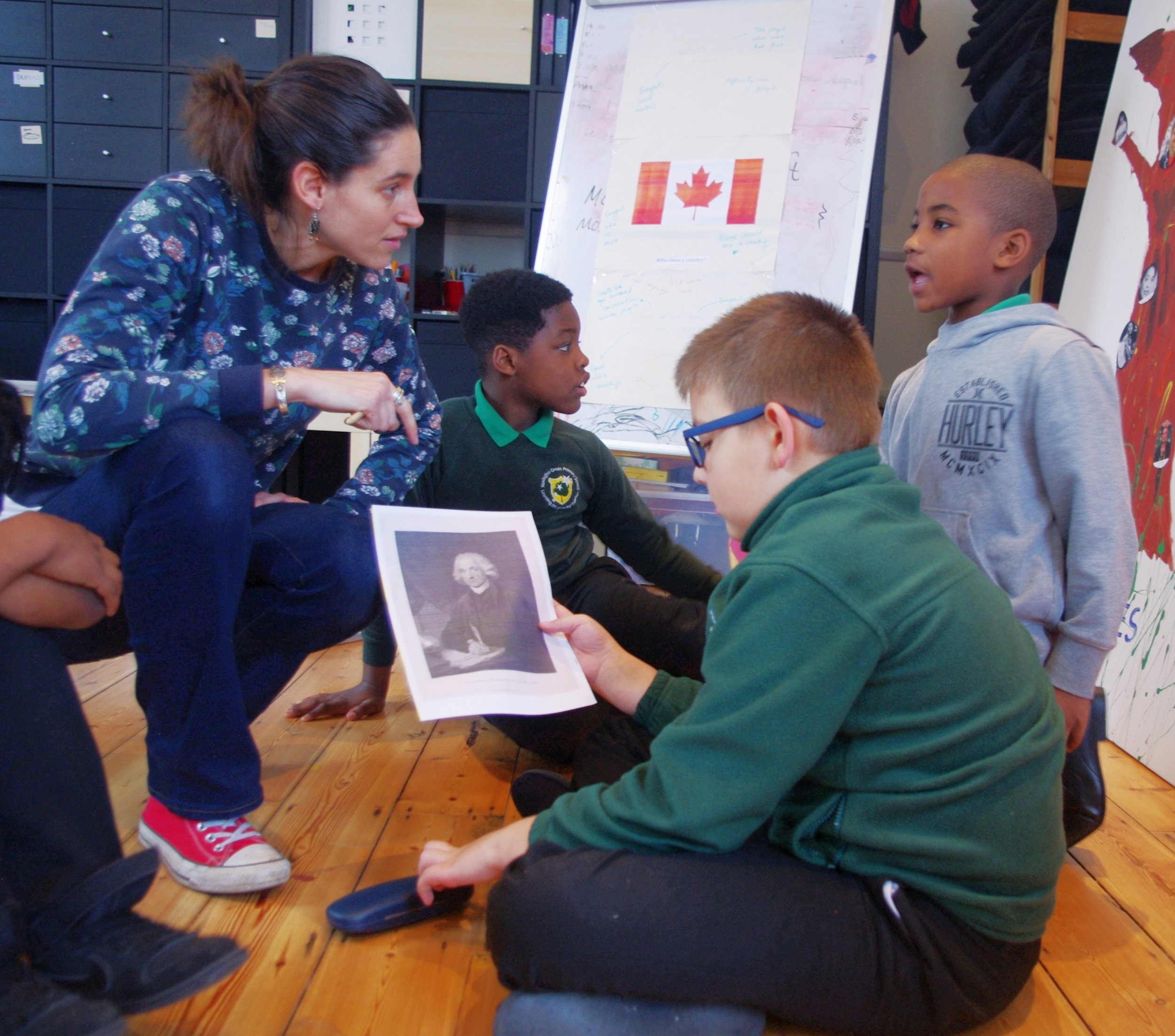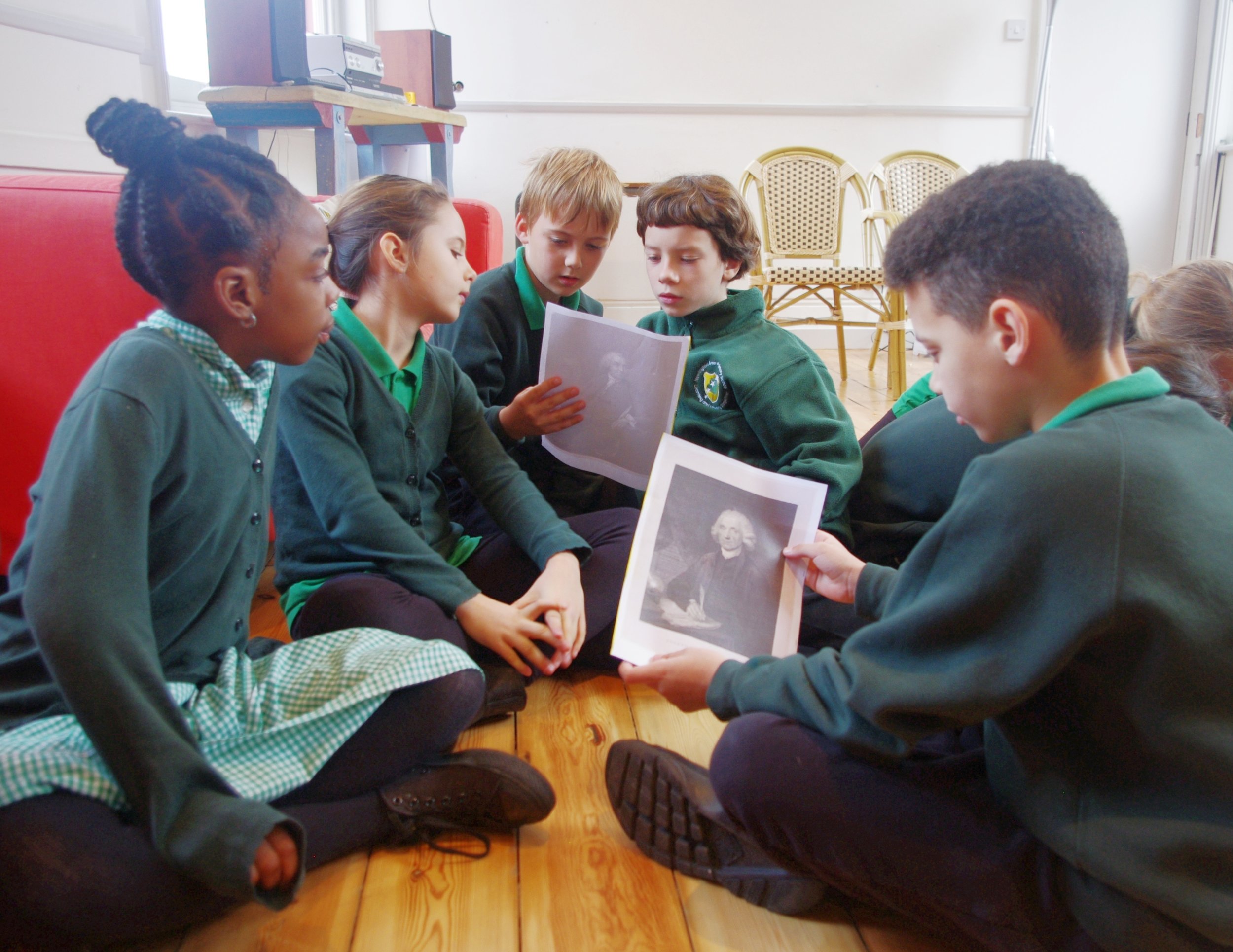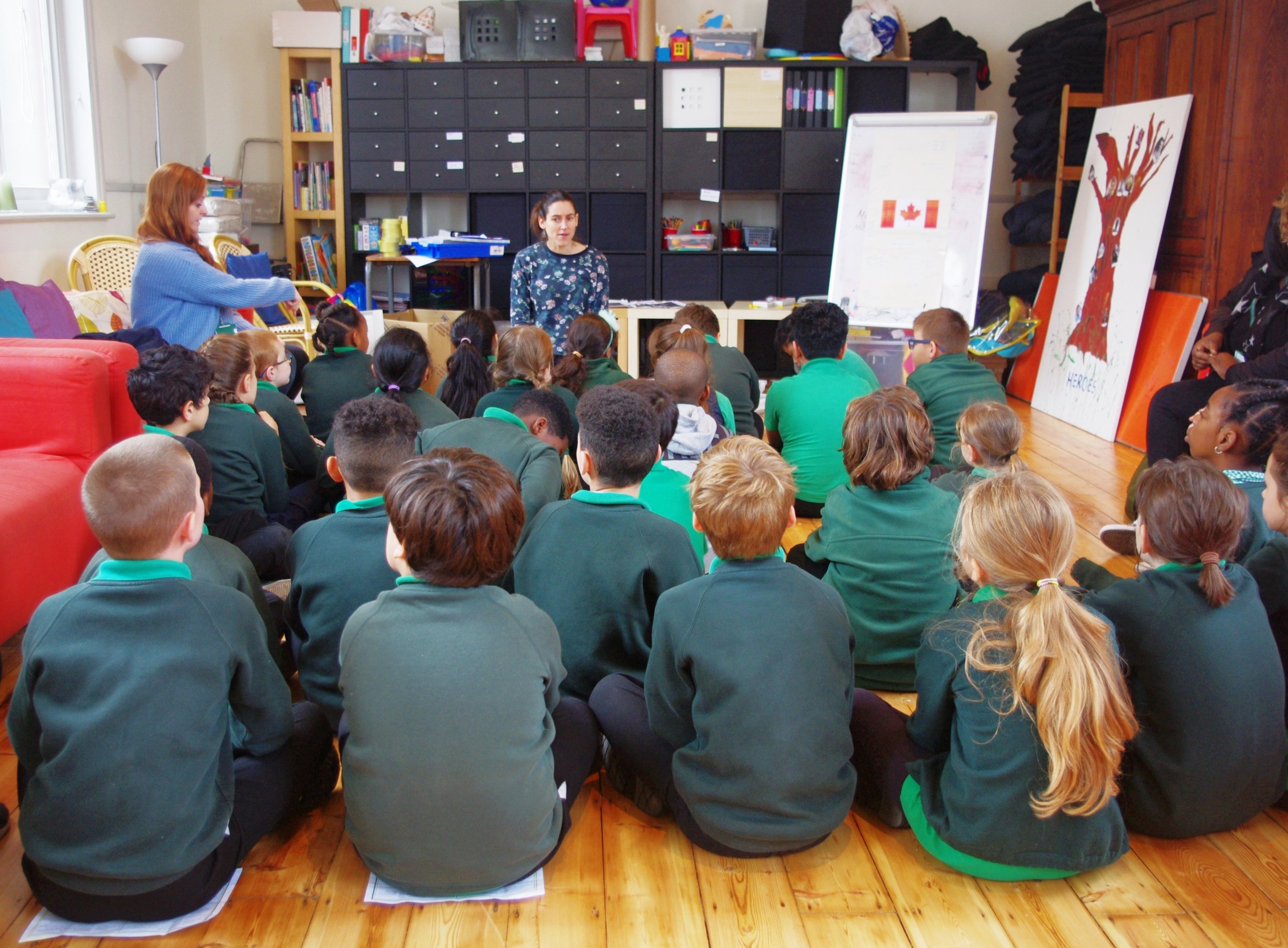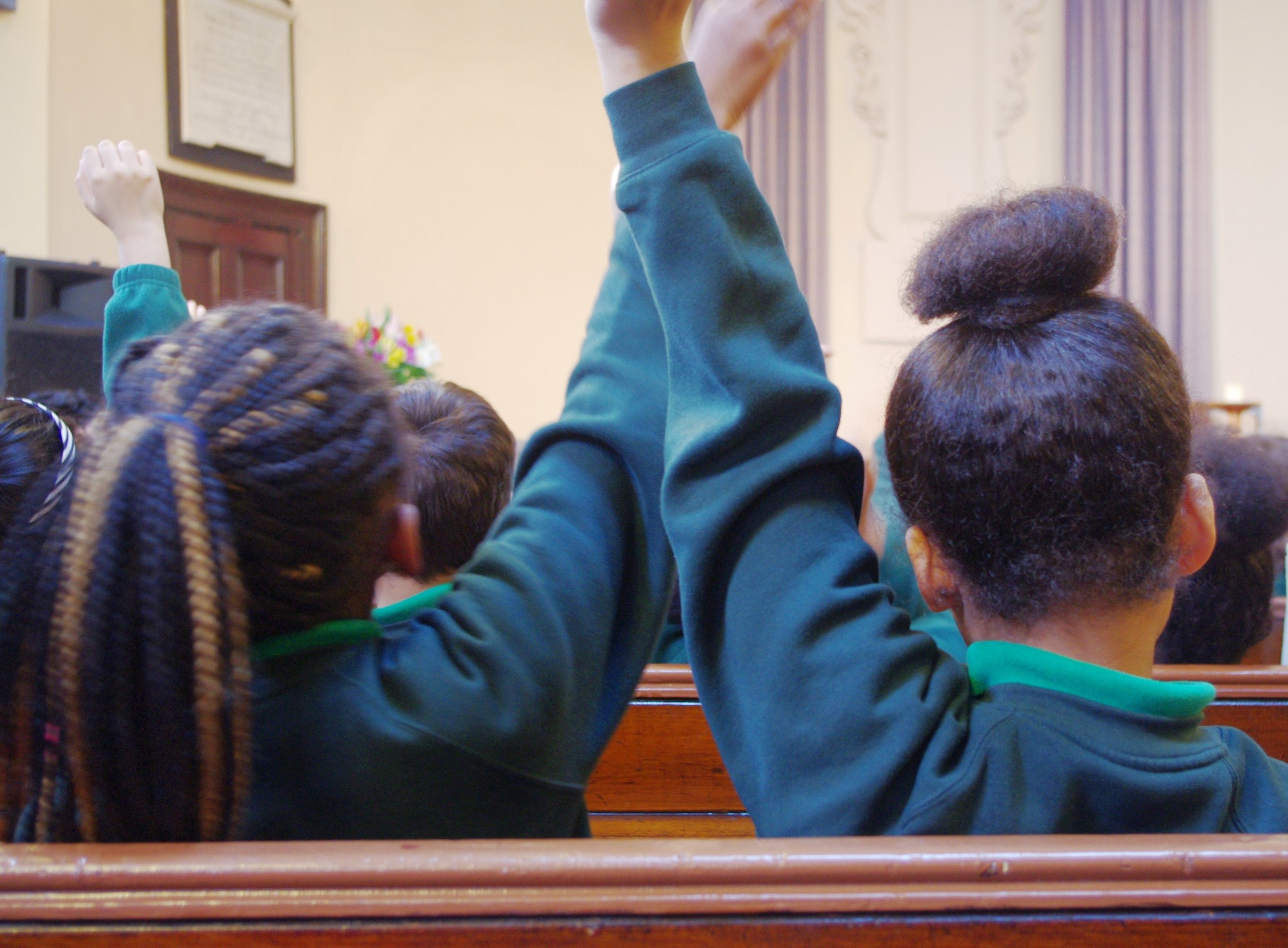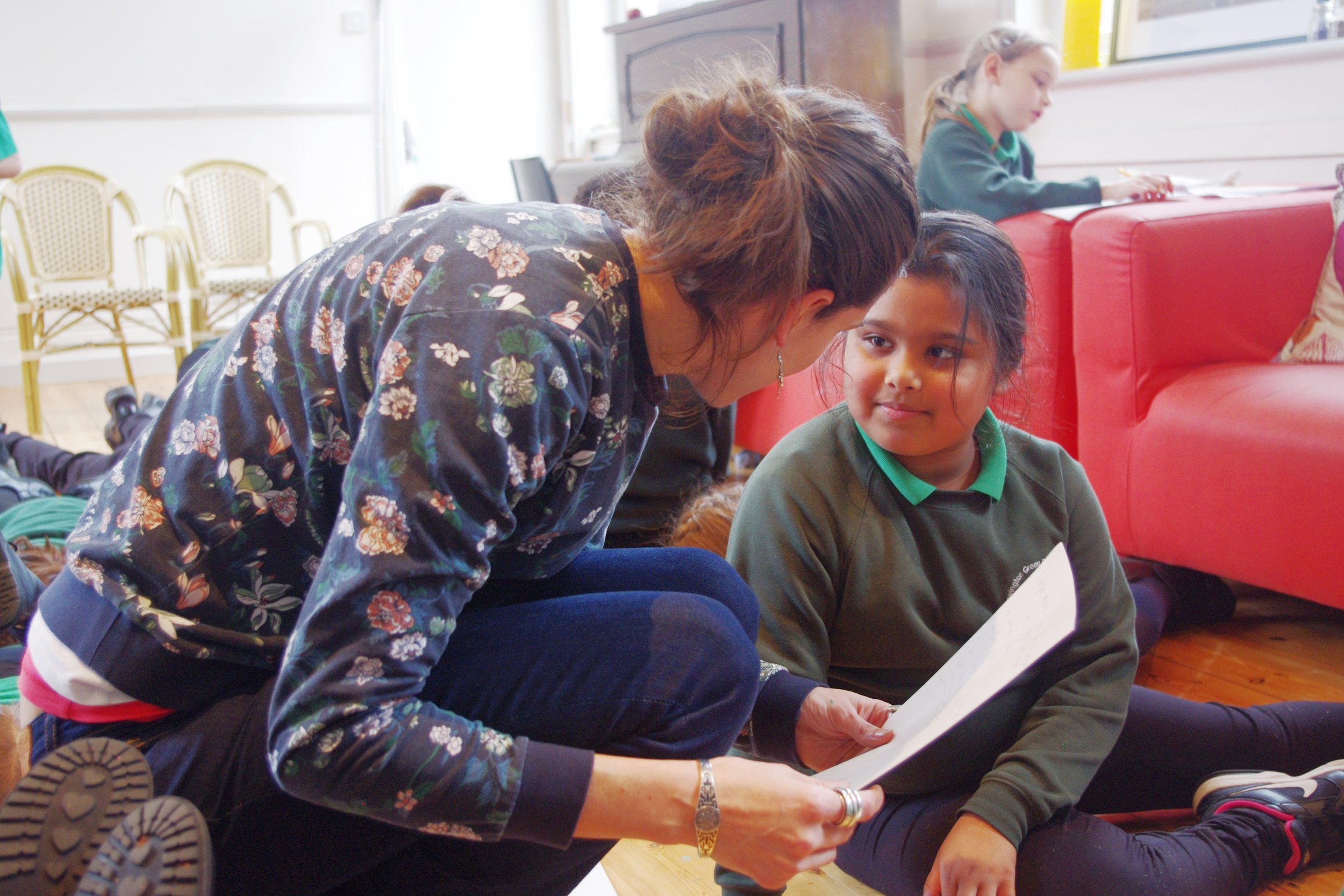Our Newington Green Meeting House has been a hotbed of Dissent and revolutionary ideas since 1708. Learn more about its history below - or check out blogs by volunteers on the heritage project here.
“Let us understand and embrace the past in a way that truly helps us to live, now.”
Looking to visit the Meeting House? Please note that our address is 39a Newington Green, London, N16 9PR.
Newington Green has a long historical connection with a group of people known as Dissenters: people who were unafraid to question the prevailing wisdom, challenge the establishment, and campaign for their vision of a fairer society.
On the site occupied by our building, a notable Dissenter called Charles Morton ran an influential Academy. Launched in 1667, this was a model of progressive education. Unusually for the time, he taught in English rather than Latin, and subjects ranged from politics, logic, physics and mathematics to music, botany and zoology. Pupils included Samuel Wesley (father of Charles Wesley, founder of Methodism) and Daniel Defoe, author of Robinson Crusoe; and visitors included John Bunyan, author of The Pilgrim's Progress.
Constantly hounded by the authorities, Morton eventually left for America, where he became the first Vice President of Harvard University.
Our building was founded in 1708, and remained an important home for Dissenters. The leading biographer Claire Tomalin writes: “There was a blend of enthusiasm and gravity about the Dissenters that was congenial. They were domestic, sober, hard-working, humane. Debarred from the universities, they had set up their own academies which proved markedly superior to anything Oxford or Cambridge had to offer: in particular, and alone, they taught history, science and economics, and encouraged speculative thought and debate on points of religion. A true intelligentsia developed. They were nurseries for revolutionaries, turning out students trained to approach all subjects with a critical rather than a reverent eye, and consider all institutions on their merits rather than the authority they derived from tradition.”
Richard Price, 1723-1791: civil rights activist
In 1758, Richard Price became minister, taking up residence in No. 54 the Green – a terrace that was built in 1658 and still survives today.
That very year, he wrote the highly influential “Review of the Principal Questions in Morals”, arguing that moral choices should be made on the basis of individual conscience and reason, and rejecting the traditional Christian ideas of original sin and divine punishment.
In his house and the Meeting House itself, he was visited over the years by many leading thinkers and social reformers:
Benjamin Franklin, Thomas Jefferson and Thomas Paine, who went on to become Founding Fathers of the United States.
John Adams, who went on to become the second president of the United States.
William Pitt, the British Prime Minister.
David Hume and Adam Smith, Enlightenment philosophers.
Joseph Priestley, pioneering scientist and discoverer of oxygen.
In 1765, Price was admitted to the Royal Society, in recognition of his thinking on economics and finance and its influence on the British government.
In 1776, a year into the American War of Independence, he issued a pamphlet supporting the American rebels. It sold out within a few days, eventually running to 60,000 copies, and making him “one of the best-known men in England”. This was a key factor in convincing the Americans, later that year, to officially declare their independence. His fearless stance gained him a popular local following, but also earned him many enemies and even death threats.
He turned down an invitation from the American Congress to go to the newly formed United States and organize their financial administration (although in 1781 he did accept a Doctor of Divinity degree from Yale College). The following year, he declined an invitation to become the British Prime Minister’s Private Secretary.
In 1789, he preached a sermon praising the recent French Revolution and arguing that the British people had an equal right to remove an unworthy monarch. This caused a heated national debate, which can now be seen as a key step towards the modern concept of individual civil rights.
So what was Richard Price actually like? Contemporary reports describe him as thin, modest, kind, and well-liked by local children and the poor. He lived a simple life, riding a half-blind horse, wearing a plain black coat, and giving one-fifth of his income to charity. He liked to free birds that were snared in the bird-catchers’ nets, although he took care to compensate the catchers.
He died aged 68, and his funeral route was so crowded by well-wishers that his coffin arrived five hours late for the service. His remarkable life is commemorated in a handsome plaque that’s still displayed in the church.
Mary Wollstonecraft, 1759-1797: a founding mother of modern Western feminism
Mary Wollstonecraft arrived in Newington Green in 1784, aged 25. This was her escape from an unhappy family situation – and especially from her spendthrift, violent father. With her sister Eliza and friend Fanny, she set up a girls’ school within sight of the Meeting House. She joined the congregation (her pew can still be seen), and its minister Richard Price became an important friend and mentor. It was at his house that she met her future publisher, Joseph Johnson.
In 1787, she published "Thoughts on the Education of Daughters", arguing that young women should be able to learn about a much broader range of subjects, a principle which she’d put into practice at her school.
Fueled by Richard Price’s support of the French Revolution, in 1790 she anonymously published "A Vindication of the Rights of Men". This widely-discussed pamphlet attacked hereditary privilege, including the monarchy, and was enthusiastically adopted by reformers and radicals.
In 1792, this was followed by "A Vindication of the Rights of Woman", which deplored the relegation of women to a state of ignorance and dependence, and demanded “justice for one half of the human race”. Women are not naturally inferior to men, Mary argued, but appear to be only because they lack education. She suggested that both men and women should be treated as rational beings and imagined a society founded on reason. This time, her name was boldly displayed on the cover.
Later that year, she travelled to Paris to observe the progress of the French Revolution. But her life was soon endangered by the Reign of Terror, in which all British nationals were declared enemies of the revolution, many of them being arrested and executed. She remained in France but managed to escape the turmoil, marrying the American merchant Gilbert Imlay. Her daughter, Fanny, was born in 1794.
The following year, she traveled to Scandinavia with baby Fanny, on Imlay’s business. Upon her return, she discovered that Imlay had begun a relationship with another woman. Distraught, she attempted suicide by throwing herself off Putney Bridge. Her rescue was down to a passing stranger.
Happier times soon followed, when she met the philosopher, political economist and novelist William Godwin. They fell immediately in love and were married in 1797. Later that year, she gave birth to a second daughter, Mary. But tragically she contracted a post-natal infection and died 10 days later, aged only 38. She’s buried in St Pancras parish church. (Her daughter Mary went on to marry the poet Shelley and become a well-known writer, notably of the novel Frankenstein.)
Wollstonecraft's support for women’s equality and criticism of conventional femininity were hugely influential in the rise of 20th century feminism. Today, she’s hailed as a founding mother of modern Western feminism, and her connection with the Newington Green church is proudly celebrated via a life-size mural.
Anna Laetitia Barbauld, 1743-1825: forgotten radical and literary icon
Anna Laetitia Barbauld joined the Newington Green congregation in 1802 (aged 59) when her husband took on its pastoral duties. She had already earned widespread recognition as a poet, acclaimed by fellow writers Oliver Goldsmith, Samuel Taylor Coleridge and William Wordsworth, and favourably compared to renowned essayists Joseph Addison and Samuel Johnson.
She had also written numerous pieces supporting religious freedom, revolutionary politics and the abolition of slavery. Unafraid of controversy, she had flouted the law to publish her book, “Sins of Government, Sins of the Nation”. This career was achieved at a time when very few women succeeded in becoming professional writers.
Her final published work (Eighteen Hundred and Eleven, published in 1812) boldly criticized the continuing war between Britain and France, and even prophesyed Britain’s eventual demise.
Since her death, her work has been unfairly neglected in favour of the other Romantic poets. Her life and achievements are commemorated in a plaque in the Meeting House: “With wit, genius, poetic talent, and a vigorous understanding, she promot(ed) the cause of humanity, peace, and justice, of civil and religious liberty.”
Recovering the Dissenters' legacy
We're delighted to have received funding from the National Lottery Heritage Fund for a major project to renovate our historic building. The renovation is now almost complete, and the funding will also enable us to launch an ongoing programme of activities, bringing the Dissenters' legacy to life for a wider audience of adults, families, and schools. None of these plans would be possible without the NLHF’s generous funding, and we're enormously grateful for their support.
















